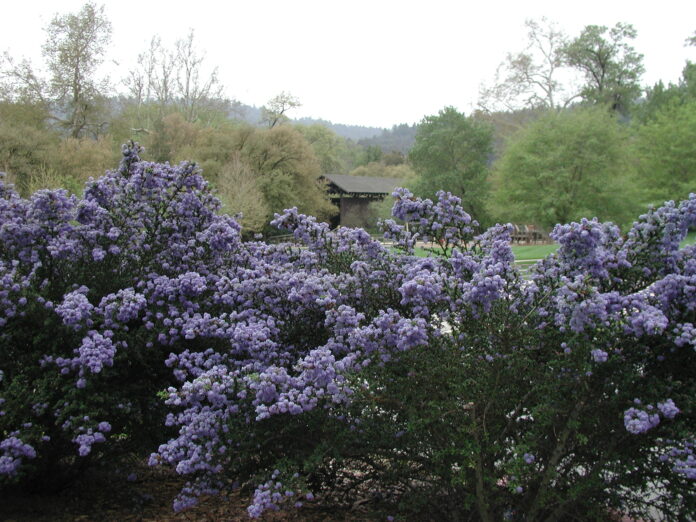You can tell right away when you walk out the door how hot or cold it is, how windy, shady, moist or dry. You know if your soil is pure sand or hard clay because you’ve dug a few holes in your time. You don’t need a book to tell you these things. So why are the gardening zones described in Sunset Western Gardening book important when you add a new plant to your garden? And why are they so confusing in our area? The USDA Plant Hardiness zone map may tell you where a plant may survive the winter but climate zone maps let you see where that plant will thrive year round.
For decades, climatic data has been complied and maps generated to help make sense of local growing conditions. In the 1930’s, Sunset Magazine began mapping the western states, taking into consideration the unique climatic growing conditions along with the traditional data of minimum and maximum temperatures, latitude, elevation, ocean influence, continental air influence, mountains, hills and the local topography.
Today the map has become known by many as the gold standard for western growing advice. Zones are numbered from the harshest (Zone 1) in the north to the mildest (Zone 33) in the south.
To accompany the map a plant encyclopedia was developed that assigned the appropriate zone(s) for each plant. The system helps take some of the guesswork out of plant selection if you take into account your microclimate.
The zone system isn’t perfect. After all, the data collectors don’t live here in our neck of the woods. Still, it’s a good idea to take a look at the Sunset zone you live in to see if a plant might survive in your garden – if you keep these exceptions in mind.
We really only garden in two zones around here – zone 15 and 16. The Sunset map erroneously shows Felton as being in zone 7. Based on my experience even ridge tops like the highest portions of Bonny Doon and the Summit area which gets an occasional dusting of snow fall mostly in a colder zone 15.
Zone 15 – this zone encompasses most of our area. Winter lows average 20-30 degrees although we are trending toward warmer winters these last few years. The valley floor of both San Lorenzo and Scotts Valley lie in this zone and are what I call “a cold 15”. Cold air sinks and is trapped in these areas. There are warmer parts of this zone, though. These areas rarely get a freeze after March 15th or before Thanksgiving.
Zone 16 – those who live up off the valley floor but below ridge tops live in this “banana belt”. Light frost can occur during the winter but mostly the winter lows in this zone stay above freezing.
Beside the zone you also need to note how much sun or shade you get during the growing season. There may also be microclimates on your property. And soil quality is not taken into consideration in zone mapping. Since the soil houses the water and nutrient uptake system for most plants, it plays an important role. Most plant guides describe soil requirements in terms of well-drained, acid or alkaline, poorly drained or high organic matter.
If you have questions about which zone you are in, email me and I’d be happy to help. I hope this helps in choosing plants that will thrive in your garden.
- Jan Nelson, a landscape designer and California certified nursery professional, will answer questions about gardening in the Santa Cruz Mountains. E-mail her at ja******@*ol.com, or visit www.jannelsonlandscapedesign.com













